Tags: Ocean

Innovative Startup Develops Unique Method to Remove Plastics From Our Oceans
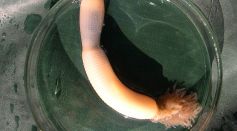
Prehistoric Penis Worm Priapulids Invented the Lifestyle of Hermit Crabs, Study Says
Fish Without Tail Surprises Scuba Diver: What Are These Unusual Sea Creatures That Only Have Giant Heads and Fins?
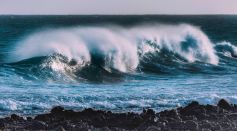
Power Generator That Mimics Seaweed Movement Developed for Harvesting Static Energy from Ocean Waves
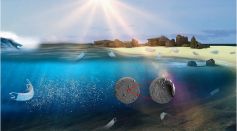
Disposable Masks Bring More Microplastics to the Planet's Oceans
Leafy Sea Dragons: How the Majestic Marine Species Thrive Under South Australia's Underwater Biodiversity

Large Land Birds Fly Over the Open Ocean Without Taking A Break or Rest: Here's How They Do It
From Maritime Folklore to Science: Satellites Monitor Milky Seas Effect, Bacteria Not Mermaids Create Luminous Water
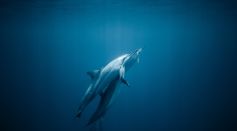
Morbillivirus Outbreak: Novel Measles-Like Disease Infects Dolphins, Whales Possibly Spreading in Hawaiian Waters
Phytoplankton Biology: How the Powerhouse of Marine Ecosystem Impacts Nutrition Source and Climate Change

NASA Up For New Mission; Its Oceans Melting Greenland Project Begins Final Survey of Glaciers That Flow From Greenland
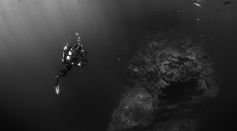
Loss of Oxygen in Oceans Detrimental to Marine Life; Scientists Show How Deoxygenation Rapidly Affects Reef Ecosystem

Watch How This Octopus Rolls Plastic Pipe Into Ocean to Save Eggs
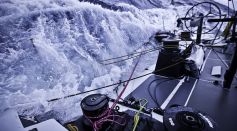
National Geographic Finally Considers Southern Ocean As World’s 5th Ocean

Elon Musk's SpaceX Launch Platforms in the Ocean: Are Regular Space Trips Possible in Deimos, Phobos Oil Rig Transformed Sites?

Whales and Fishes Absorb Greenhouse Gases, Reduce Atmosphere Emissions
Female Elephant Seal Spends 80% of Their Day Foraging Small Fish in Deep Seas

Extremely Rare Pacific Footballfish With Light Bulb on Head Washed Up in California Beach
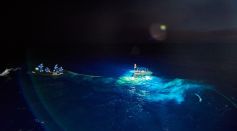
Five Deeps Expedition Concludes Marianas Trench Still the Lowest Point on Earth's Oceans

Paleozoic "Living Fossil" Still Thriving on Ocean Floor After Being Missing for 270 Million Years
Most Popular

3I/Atlas Alien Comet 'Seen' on Earth? TikTok Users Claim Interstellar Object Captured on Camera

3I/ATLAS: The Truth Behind the Mysterious Interstellar Object Now Targeted by NASA and UN Teams

Hellfire Missile Video Reveals MQ-9 Reapers Being Used for Aerial Combat

Nvidia's Jetson Thor Could Make Humanoids Smarter Than Ever





